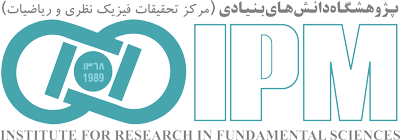“School of Astronomy”
Back to Papers HomeBack to Papers of School of Astronomy
| Paper IPM / Astronomy / 18273 |
|
||||||||
| Abstract: | |||||||||
|
Using direct N-body simulations, we investigate the initial conditions and evolution of a star-forming region resembling the Orion Nebula Cluster (ONC) with the advanced NBODY6 code. By varying the initial conditions, we aim to identify a model that closely aligns with observed parameters such as the half-mass radius, core radius, and total mass. Additionally, we examine the cluster's evolution over 800 Myr to determine whether it could reproduce the present-day properties of the Pleiades and Hyades along its evolutionary path. Under the influence of a Milky Way-like tidal field, the ONC experiences significant mass loss, primarily due to rapid gas expulsion, retaining approximately 47 per cent of its initial 4200 stars by about 100 Myr and only 9 per cent by about 700 Myr. These evolutionary stages closely match the properties of the Pleiades and Hyades, suggesting that an ONC-like cluster may have been their precursor. Additional models with varying degrees of primordial mass segregation indicate that the ONC likely had an initial half-mass radius of 0.2â??0.3 pc, a total mass of 1200â??2000 Mâ??, and a high degree of mass segregation. Models with an initial stellar count of about Ninâ??4�103â??5�103, rich in binaries and exhibiting mass segregation, show excellent agreement with observed cluster properties.
Download TeX format |
|||||||||
| back to top | |||||||||



















